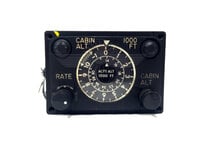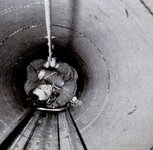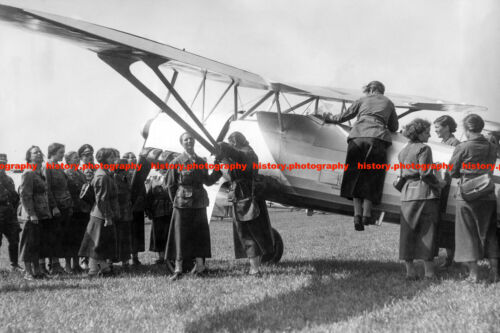RichardSuhkoi
Airman 1st Class
- 183
- Apr 27, 2021
That is awesome. I assume pressure tight doors at each end.The crew would enjoy, for the first time in a bomber, full-pressurization comfort. This first-ever cabin pressure system for an Allied production bomber was developed for the B-29 by Garrett AiResearch.
Both the forward and rear crew compartments were to be pressurized, but the designers had to decide whether to have bomb bays that were not pressurized or a fully pressurized fuselage that would have to be de-pressurized prior to opening the bomb bay doors. The solution was to have bomb bays that were not pressurized and a long tunnel joining the forward and rear crew compartments. Crews could use the tunnel if necessary to crawl from one pressurized compartment to the other.



